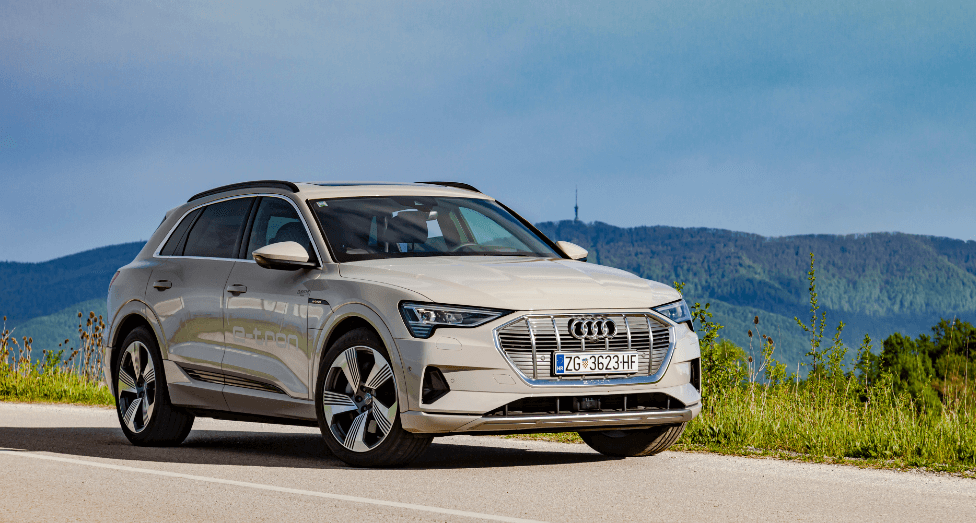How Well Do Electric Vehicles Handle Mountain Roads?
The more we get used to having electric vehicles, the more we need to learn about them. With that in mind, let’s discuss driving an EV in the mountains.
Your gas-powered vehicle loses power and acceleration while driving in the mountains. This is caused by the extra work a vehicle has to do to drive uphill but also because the air is thinner, and most gas and diesel-powered vehicles are made to perform ideally at sea level. EVs tend to maintain power better in the mountains because they don’t require air to operate the electric motors, but are you losing driving range when going up a mountain?
How well do EVs handle climbing a mountain?
It only makes sense that when a machine is working to go up a mountain road, it takes more energy to complete this task than driving on flat ground. EVs don’t lose power like combustion vehicles because the thinner air doesn’t affect them, but they will lose driving range more rapidly while climbing a mountain than when driving on level ground.
Because your EV will lose some driving range when going up mountains, you need to plan for some range loss when driving these roads. It is smart to know where the nearest electric charging stations are located to plan stops along the way.
Can you regain driving range on the way down?
Driving down a sloped mountain road means you’ll use the engine to handle much of your braking. Electric vehicles not only use engine braking but capture some of that energy by utilizing the regenerative braking system. This energy is sent to the batteries and can add more miles to your driving range.
In a recent test by the team at The Fast Lane, the team learned that EVs regain much of the energy lost from the incline during the decline portion of a mountain drive. They did this test by going up on one side and back down, going in the opposite direction. If you test this out during your mountain drive and continue to go forward toward your destination, there might be some variances in slope, which means you might not recapture as much energy on the way down as you lost on the way up.
What factors impact an electric vehicle’s driving range?
Colder temperatures
Driving on mountain roads that rise high above sea level means you might face some challenges while behind the wheel. Other than the incline and decline of the mountain grades, the air temperature is often colder when you reach high altitudes. This colder temperature could mean driving range loss for an EV, even if all you do is park it for a little while.
Driving style
While not as much an environmental issue as a user problem, your driving style and driving conditions can significantly impact your driving range. When you drive at high speeds or aggressively, you will quickly notice a decrease in your driving range due to the increased energy consumption. Don’t allow other drivers to force you to drive faster or more aggressively than you would normally.
Vehicle makeup
Each electric vehicle has a quoted driving range, and that figure is based on several factors. This number is calculated using battery capacity, vehicle weight, electric motor power, and aerodynamics. Most modern EVs have a 70% useful rate for the maximum driving range.
Charging habits
What are your charging habits? If you typically charge at home and push the battery capacity to 100% of its charge, your battery lie will be reduced. The same can be said if you use fast charging stations almost exclusively. If you choose to charge at home, set a limit for the charge you want on the battery. Stopping below 100% battery charge can extend your battery’s life. The only time you should charge to 100% capacity is when you head out on a road trip and will need to charge several times along the way.
How can you maximize your driving range?
You probably never thought about the driving range of your vehicle until you bought an EV. Electric vehicles come with this concern because you can’t find a charging station on every corner. If you want to maximize your driving range, you should:
- Employ efficient driving habits
- Plan your route
- Avoid poorly maintained roads
- Minimize using climate system in your EV
- Maintain your tires
For the most part, the driving range lost in an electric vehicle while going up a mountain road will be regained on the other side while coming down. This is good to know, but if you drive an EV, you’ve got to keep an eye on that driving range and know where charging stations are located along your route.

